Kingdom Animalia Order Caudata Genus Aneides Higher classification Climbing salamander | Phylum Chordata Family Plethodontidae Scientific name Aneides flavipunctatus Rank Species | |
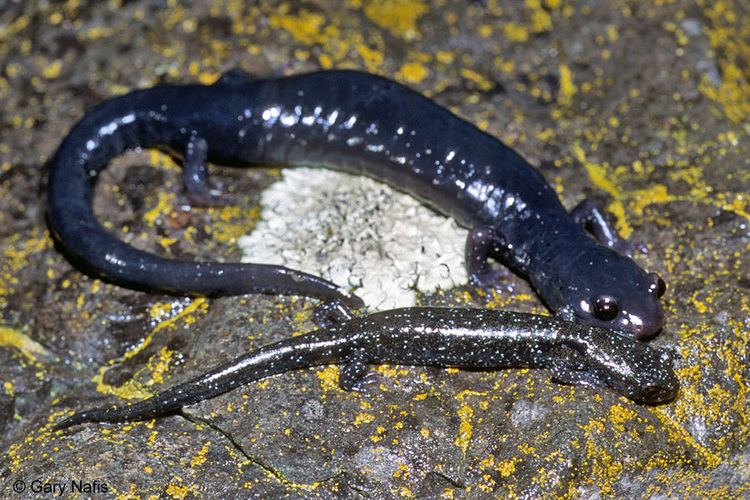 | ||
Similar Climbing salamander, Arboreal salamander, Clouded salamander, Wandering salamander, Slender salamander | ||
Black salamander
The Black Salamander or speckled black salamander (Aneides flavipunctatus) is a species of salamander in the Plethodontidae family. It is endemic to the United States. Its natural habitats are temperate forests and temperate grassland. It is threatened by habitat loss.
Contents
- Black salamander
- Testing out black salamander
- Description
- Distribution and habitat
- Biology
- Status
- References
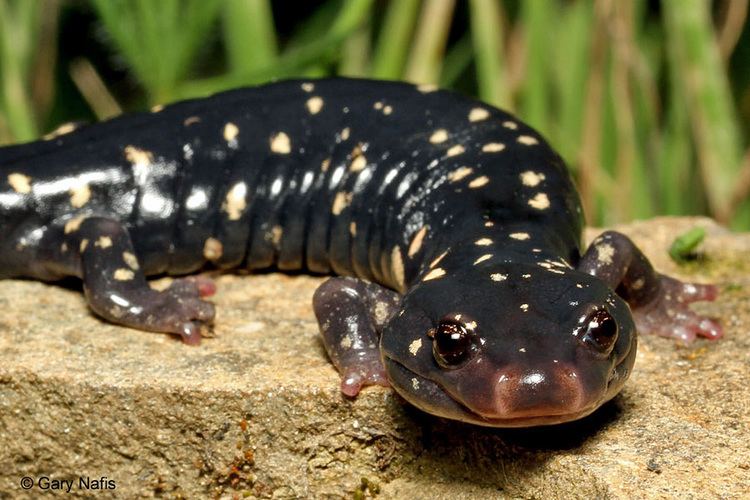
Testing out black salamander
Description
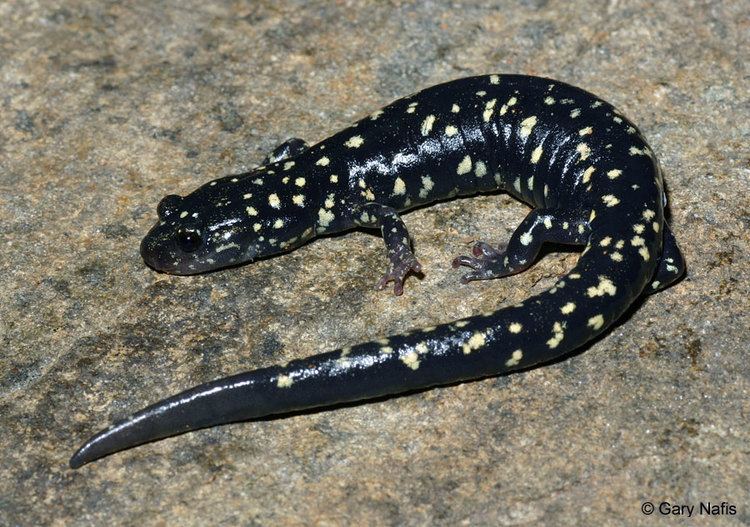
The black salamander can grow to 60 to 75 millimeters (2.4 to 3.0 in) long. The color varies but can be all black, black with coarse or fine white spots, black with yellow spots or black with a greyish or greenish sheen. The underside is paler. Juveniles are greenish-grey or bronze and have yellow at the base of their legs.
Distribution and habitat
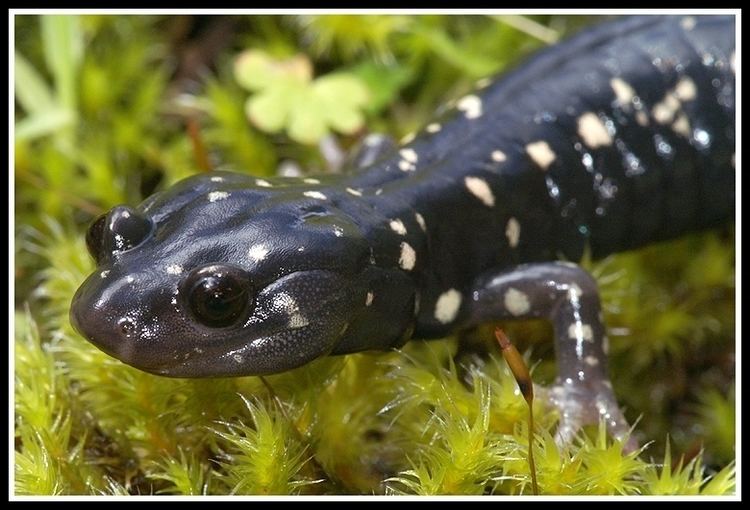
The black salamander is found in forested areas and grassland in the coastal ranges of south western United States mostly at elevations below 600 meters (2,000 ft) but occasionally up to 1,700 meters (5,600 ft). It has several disjunct populations. The southernmost population is in the Santa Cruz Mountains. North of this there is a gap where it does not occur and then another population in northern California and southern Oregon. The Black Salamander has a long tail. It has a lot of spits on its tail. In the southern part of its range it hides under logs and rocks in damp places and stream banks in woodland. Northern populations are found in more open country and in the far north of its range it is found among mossy rocks and scree.
Biology

The black salamander is mostly terrestrial but has a prehensile tail so may sometimes climb as does the related arboreal salamander Aneides lugubris. It feeds on small invertebrates such as millipedes, beetles, ants and termites. Juveniles have a similar diet but include flies and springtails. Like other plethodont salamanders, it is mainly nocturnal and hides during the day.
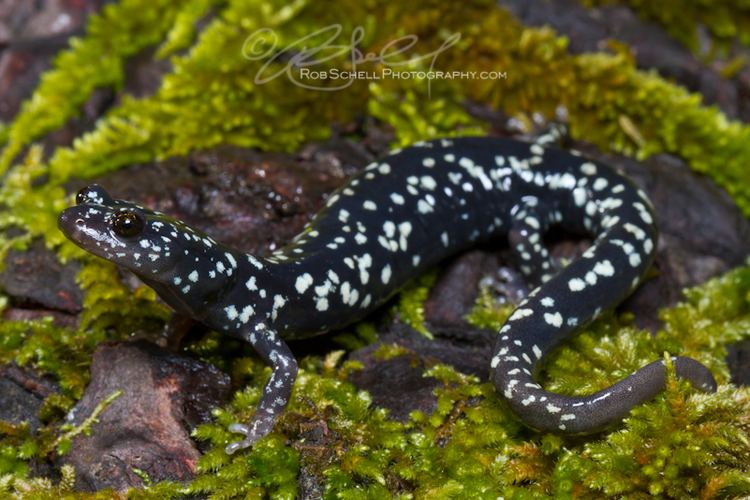
The breeding habits of the black salamander have been little studied. The eggs are laid in July or August in underground chambers, where they are attached by short stalks to the moist soil. The female seems to guard the eggs until they hatch. In captivity, the black salamander is aggressive towards its own species and adults in the wild are often scarred, so the species is probably territorial. In the laboratory it has been known to bite the western garter snake when attacked.
Status

The black salamander is listed as "Near threatened" in the IUCN Red List of Threatened Species. This is because it is threatened by habitat loss and even where its environment remains undergraded, it seems to be declining in numbers. In some areas it has been displaced by the planting of vineyards.
